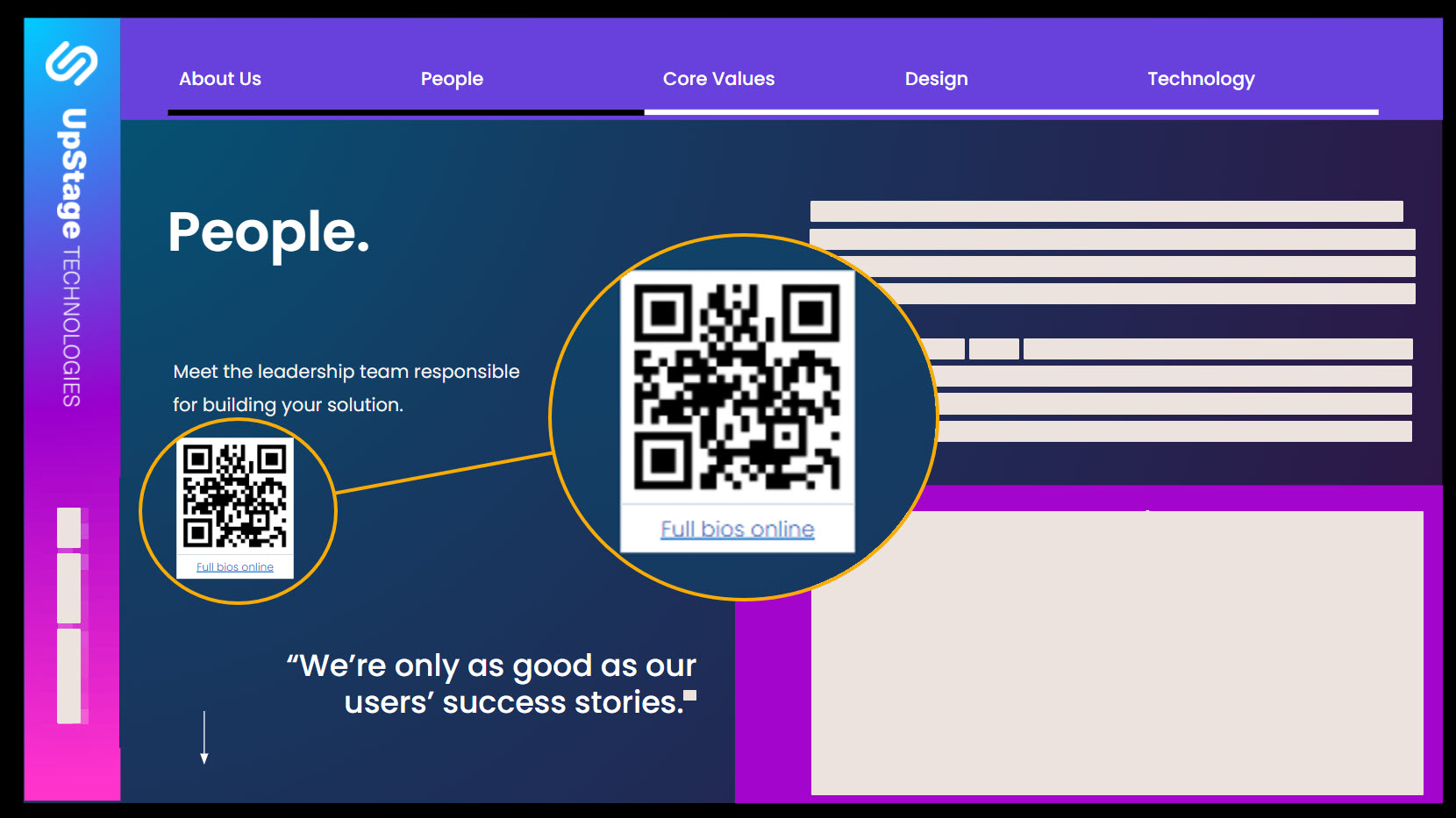One of the more intriguing byproducts of the pandemic is its influence in bringing QR codes back into mainstream use. We’ve been examining their potential for more than a decade and while their popularity has ebbed and flowed, they are currently riding a high thanks in large part to mobile operating systems doing a much better job at recognizing and processing code actions.
There’s an excellent article at Smashing Magazine by Stanislav Khrustalev with a current take on best practices and which #FailTraps to avoid. A few key items stand out:
- NON-CONTACT SURFACE: Minimize direct physical contact with your QR code. Otherwise, the surface will erode over time, and the code will become more difficult to scan. For example, for a storefront, stick the code inside the window, rather than outside.
- COMFORT OF SCANNING: Place your QR code in a location where it’s comfortable to scan, without rushing. For example, a highway billboard will not only be inconvenient for customers, but will also increase the risk of accidents.
- ENVIRONMENTAL FACTORS: If you place a QR code outside, consider environmental factors such as lighting and weather. If the poster will be poorly highlighted at night, the code will be much harder to scan. If you’re using vehicles (such as delivery cars or cabs), ensure that they are cleaned regularly, especially in bad weather — the usefulness of a code covered with dirt is close to zero.
- SCANNING WITH NATIVE CAMERA APP: Set customers’ expectations correctly about how to scan the QR code, and if possible, do not implement a solution that requires people to install a specialized camera app. (So very yes on this one)
- WEBSITE CODE: DESKTOP: QR codes can also be used in a digital environment. For example, if I’m visiting a website on a desktop computer, the usefulness of an HTML button to download an app is questionable. However, a QR code can be scanned from the page with a smartphone, resulting in a smoother download process.
On that last point, I started incorporating QR codes into my proposals, which get delivered to potential clients in both digital and print formats. The vast majority engage with the proposal on a desktop or laptop so in addition to the benefits listed in Khrustalev’s article, it means they don’t actually leave the proposal. You can also include a text link so they aren’t limited to accessing the URL with a camera equipped device.



